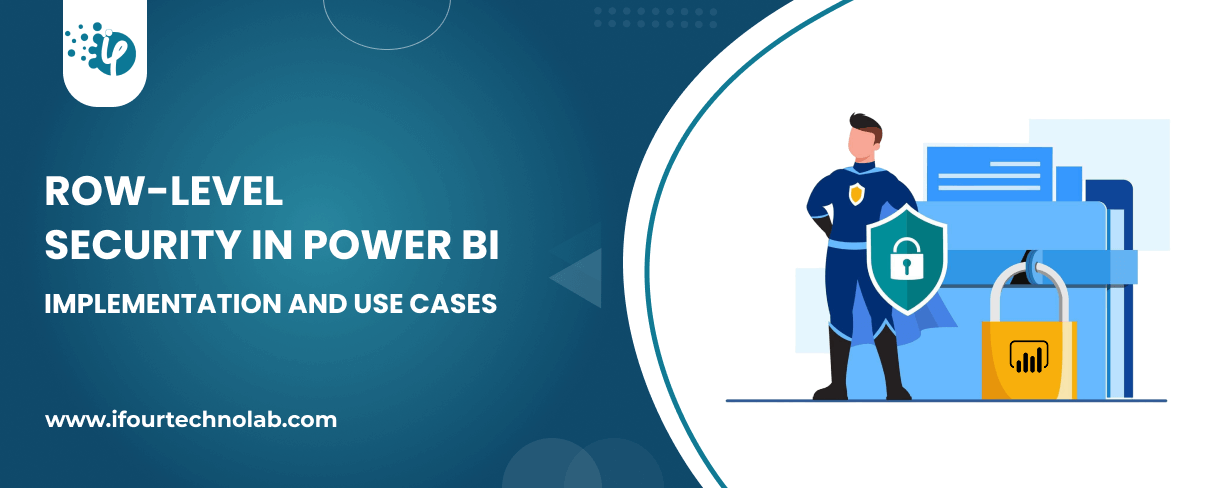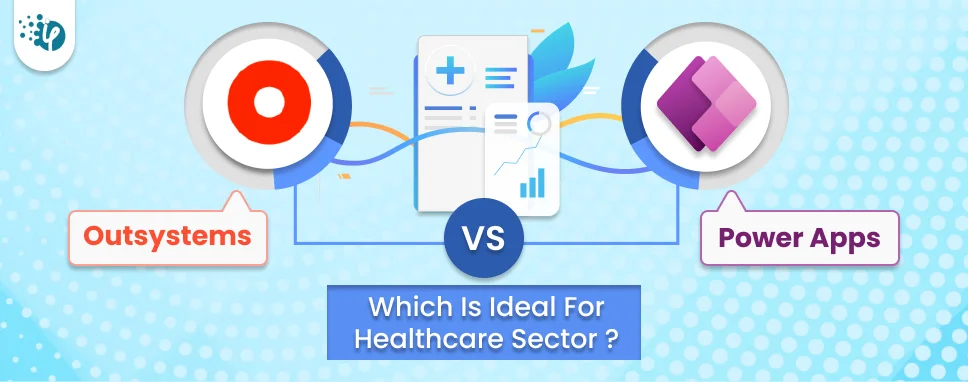Cloud Sprawl is the another most common issue with the migration. It means that your company or organization doesn’t owe the complete centralized visibility and control all of your cloud infrastructure components. When your company is facing issues with more than one cloud instance, services or providers, it’s hard to get full access to your resources which are in use.
Several preventive steps may help to avoid this situation and implement unified management solutions to all cloud services.
Initially, an IT function audit is necessary to understand the roles and business processes which are currently operating and give stats about how your organization will look like after the migration. When you achieve full accountability, the next step would be having clear idea during each phase of the process. It Is better to have visibility over the dashboard so you can easily manage all cloud services and pricing at one particular place.
To understand this, one of the expert opinion from Stephanie Hurd, Marketing Strategist of Innovative Inc says “One of the biggest challenges we see with all cloud solutions is, of course, internet bandwidth and reliability. We often recommend businesses consider a backup internet service provider if they are using cloud services for business functions that couldn’t tolerate an outage. Another challenge is disaster recovery. Most cloud providers offer some level of data retention and recovery capabilities, but most can’t help in the case of ransomware or other malicious data loss.”
Another expert Yoann Bierling from New Simple As Possible ERP says “Working on international centralization projects for world industry leaders, which basically means moving from data stored at one site to data stored on the cloud to be shared and used by the whole company, user rejection of the new system has always been the biggest issue. Technically, the main issue of these projects are to streamline the processes and internationalize whole data, but these standard issues are shared across projects and can be solved by discussing with the right experts at the right time.
However, getting the users to accept to have their mistakes visible by a whole organization, and often for local leaders to give up some of their power, is what really slows down a Cloud migration, and is often overlooked, as consultants tends to think that the migration is a technical issue - while the real issues that are slowing down or stopping a project always are human issues, users that do not want the migration to happen that will create underlying system issues, sometimes unconsciously. Even in technical projects, put the human in the middle, and as a business leader, really talk to each of them individually.”
Third expert opinion on this from Joseph Stornelli, Principal of JS Technology Group says “One major barrier to entry to the cloud is data upload. A company might have tens or hundreds of terabytes of data living on a local server. On a standard 100 megabits enterprise internet connection, this might take days, or even weeks, to migrate to the cloud. Furthermore, there are no guarantees on data integrity. The migration presents huge risk.”
Fourth expert opinion from Rex Freiberger, CEO of Gadget Review says “The biggest concern and challenge for us was definitely downtime. Obviously with in-house servers and storage you can control downtime and access what you need when you need it. Cloud servers undergo maintenance and sometimes have extended issues. Even with scheduled maintenance, we have workers all over the world, so there's really no good way to coordinate that.”
























